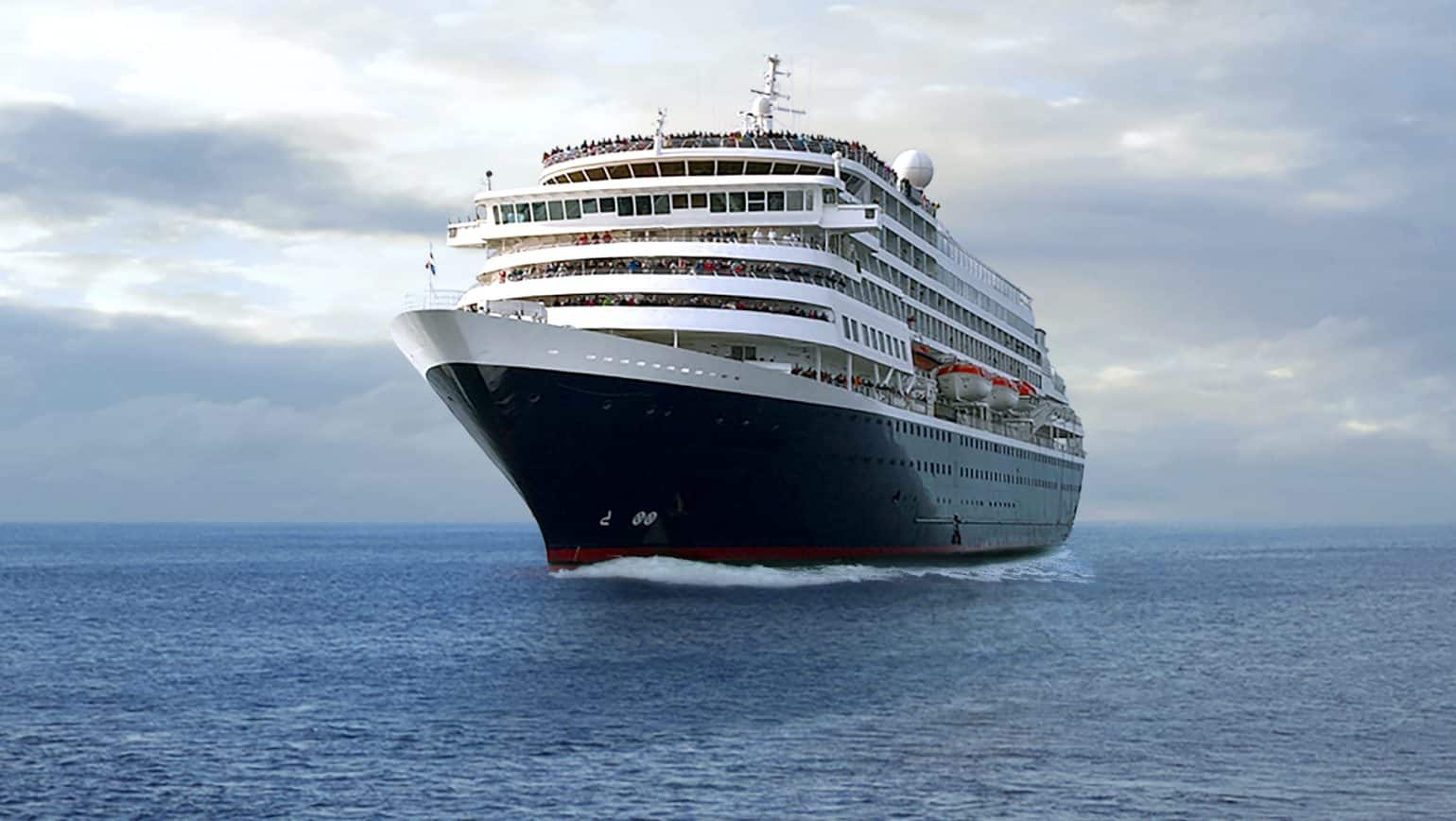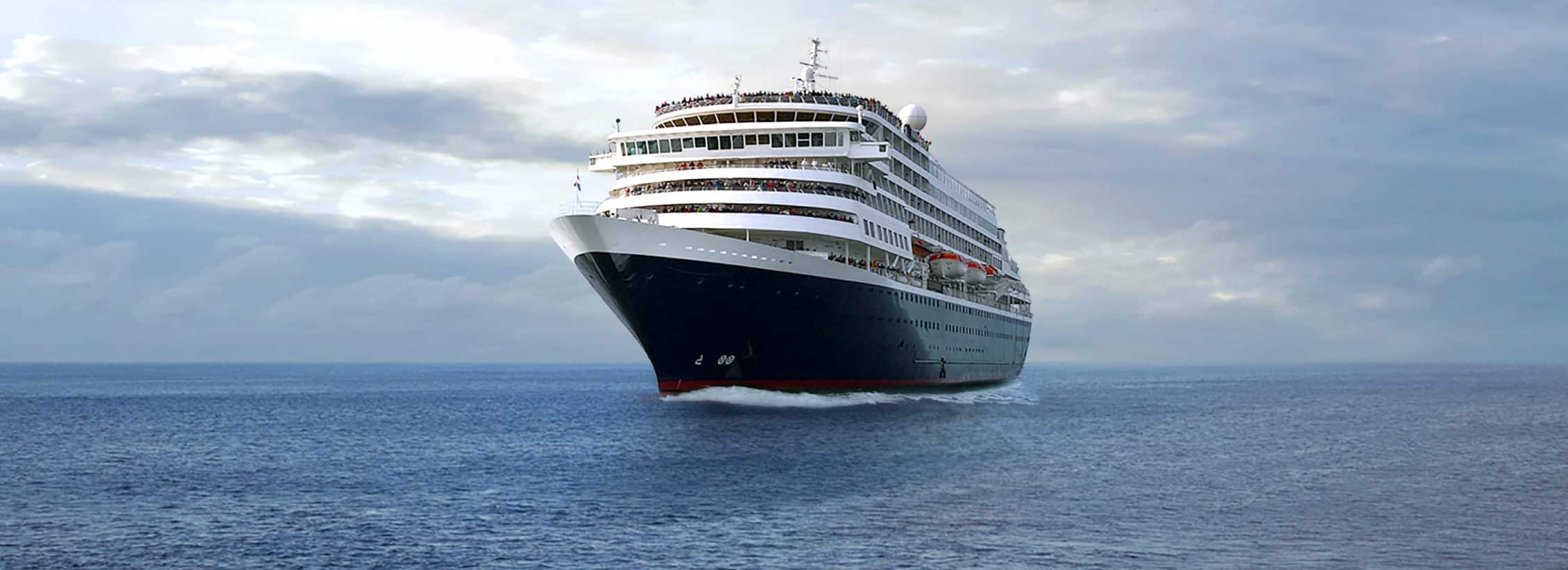On December 7, 1941, the Japanese military attacked the United States. While Pearl Harbor got all the press, that same day the Japanese bombed three other military bases. The idea was to remove any possibility that the United States could join the war in the Pacific. Bad idea. The target that got hit the worst was Guam: Not only was it bombed, it was invaded and occupied for nearly three years, which turned the island into a kind of slave camp for the indigenous Chamorro. Because of Guam's history—and because it's a U.S. territory, not some fascinating foreign country—a lot of people pass the island by, looking for something more exotic. Another possible reason for the tourism lag was that the island was actually sealed off from visitors for many years. Yet somehow modern Guam, the largest of the Mariana Islands (yep, the Mariana Trench, the deepest part of the ocean, is right out there), has become a sampler plate of the Pacific. Fully a third of the island, including the best beaches, is off-limits to anyone but military personnel, and roads near the base will make you think you're driving through suburban Des Moines. Yet the southern part of the island is wild enough that a Japanese soldier continued to fight WWII here until the 1970s. In between these two extremes, you'll find a beautiful island with a unique mix of American, Pacific and Spanish cultures.

Guam (US Territory), Guam
Featured Shore Excursions

Ride the Duck: Sightseeing by Land & Sea

Dolphin Watching Cruise

Adventure River Cruise & Chamorro Native Village

Highlights of Guam